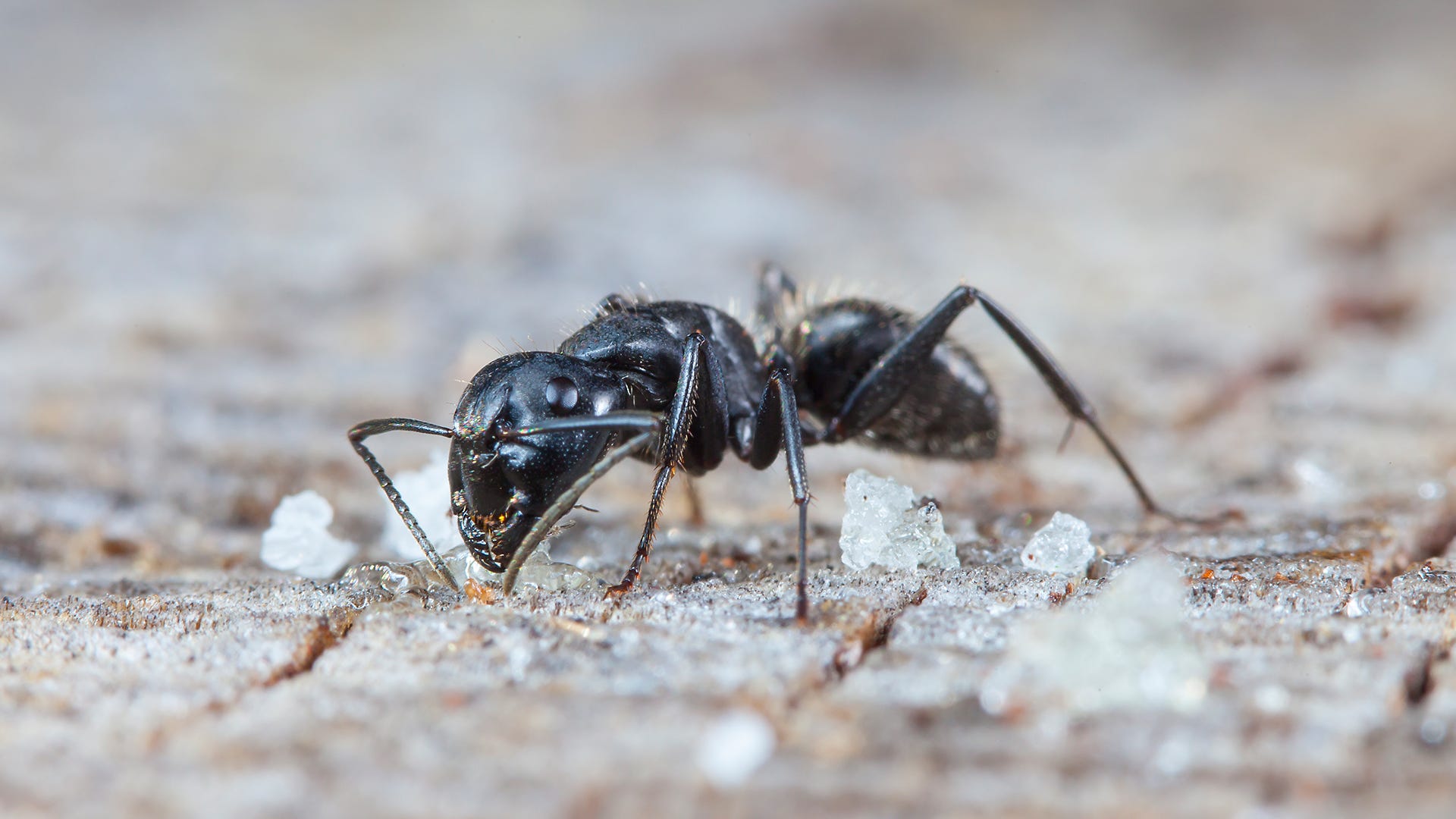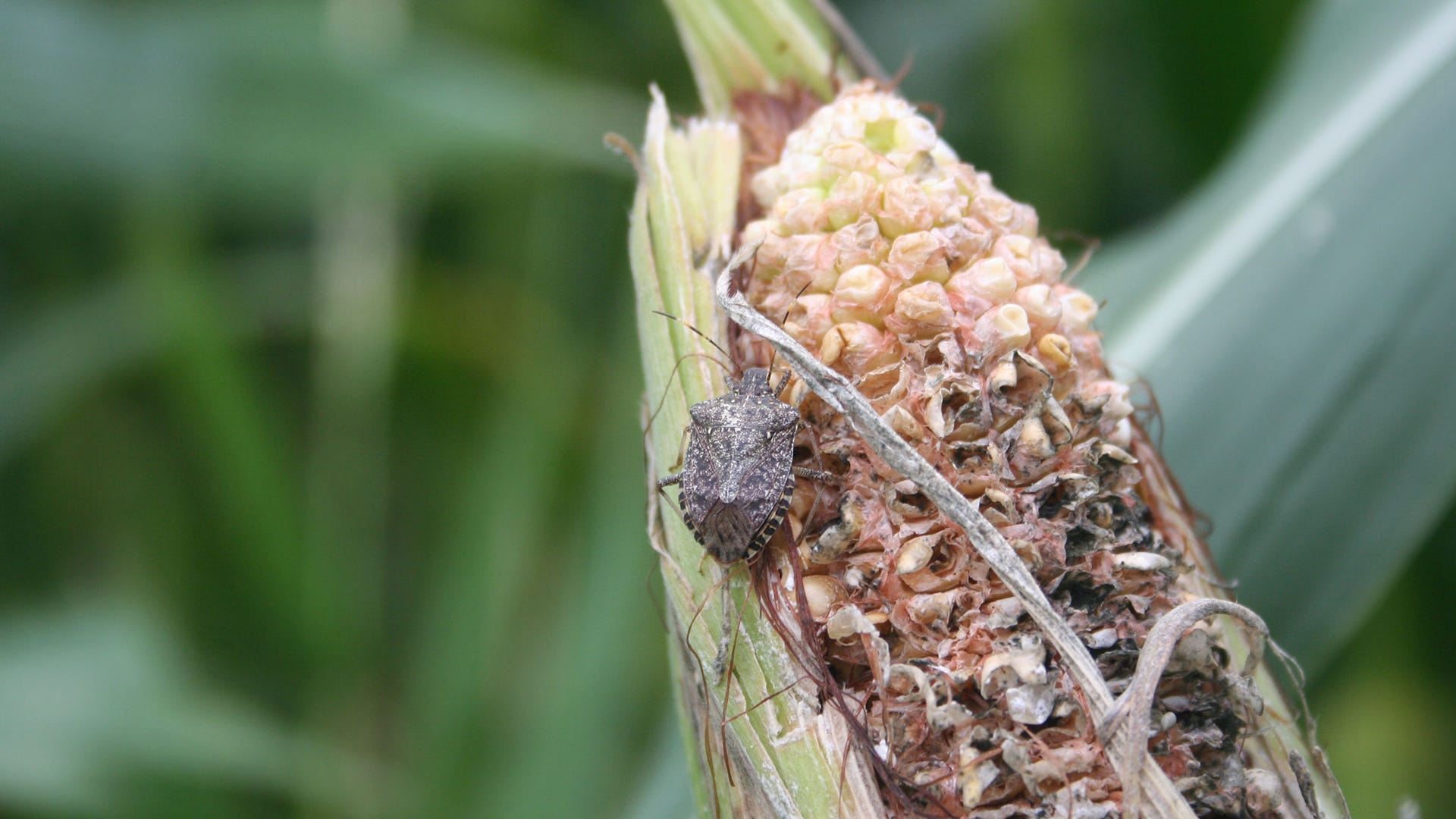Who’s ready for spring? We are! If you’re like us, you’re ready to shed off the layers of winter coats and sweaters, ready to be greeted by sunshine instead of chilly blasts of wind and ready for time spent outdoors.
What we are not looking forward to are the ants and all their other insect friends that come marching back into action as the weather warms up. Ants have been in their overwintering state since temperatures dropped below 50°, hiding underground, under tree bark or in your home. But once the sun breaks free and temperatures rise above 70°, ants make their triumphant return to kitchens, bathrooms and patios everywhere.
Meet Your Enemy
Here are a few of the more common household ants that you may be doing battle with this spring.
Odorous House Ants – These ants get their name from the smell of rotten coconut they emit when crushed. They are most likely to invade buildings during rainy weather. They tend to forage inside, traveling in large numbers and can contaminate human food supplies. They are found in exposed soil and wall cracks in every region of the U.S.
Carpenter Ants – These are the "big black ants." They reside indoors and outdoors in moist, decaying wood. They do not eat wood, but they do bore into wood for a nesting location and leave piles of "sawdust" behind. They are found across the U.S. and can cause significant property damage.
Argentine Ants – These ants are readily adaptable and, unfortunately, have no natural enemies in the United States. Their colonies are massive and may contain hundreds of queens. They travel in trails and forage day and night. They are commonly found in southeastern parts of the U.S. and in California. These ants prefer a wet environment close to a food source.
Little Black Ants – A native species to the U.S little black ants are pretty small and vary from dark brown to deep black. Typically these ants have about two or more queens per colony and build nests outside in lawns or in small cracks and crevices around the home. Sweets, seeds, meats, and even oily foods attract them inside the home.
Pavement Ants – Well named, pavement ants enjoy nesting in driveway cracks, sidewalks, and foundations. As they nest in these cracks they pile dirt into a mound on top of the surface they invade. Watch out as they can bite or sting if intimidated.
See our Ant Guide for additional information on common household ants you may encounter this spring.
Your Battle Plan for Effective Spring Ant Control
The best line of defense to keep unwanted insects from migrating into your house is to set up point-of-entry barriers outside. Treating the perimeter of your house with TERRO® products that both bait and kill provide protection from ants and other insects.
However, when treating an ant infestation outside, try to minimize any disturbance to the nest itself. When there's an outside threat to a colony, the colony may split into several colonies, which can make the problem even harder to resolve.
Questions? Let us know in when you visit TERRO® on Facebook. Learn more about ants, flies, and more in our insect library, too. For more on fighting pests or to receive exclusive updates on TERRO® products, subscribe to our eNewsletter




